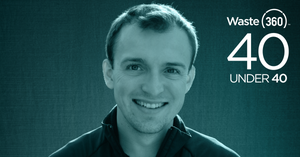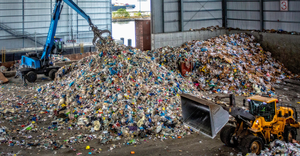From Alternative Daily Cover to Anaerobic Digestion
Mapping California’s policy transition from counting organic waste as alternative daily landfill cover to a focus on anaerobic digestion and composting.
8 Min Read
About the Author(s)
Stay in the Know - Subscribe to Our Newsletters
Join a network of more than 90,000 waste and recycling industry professionals. Get the latest news and insights straight to your inbox. Free.
You May Also Like


